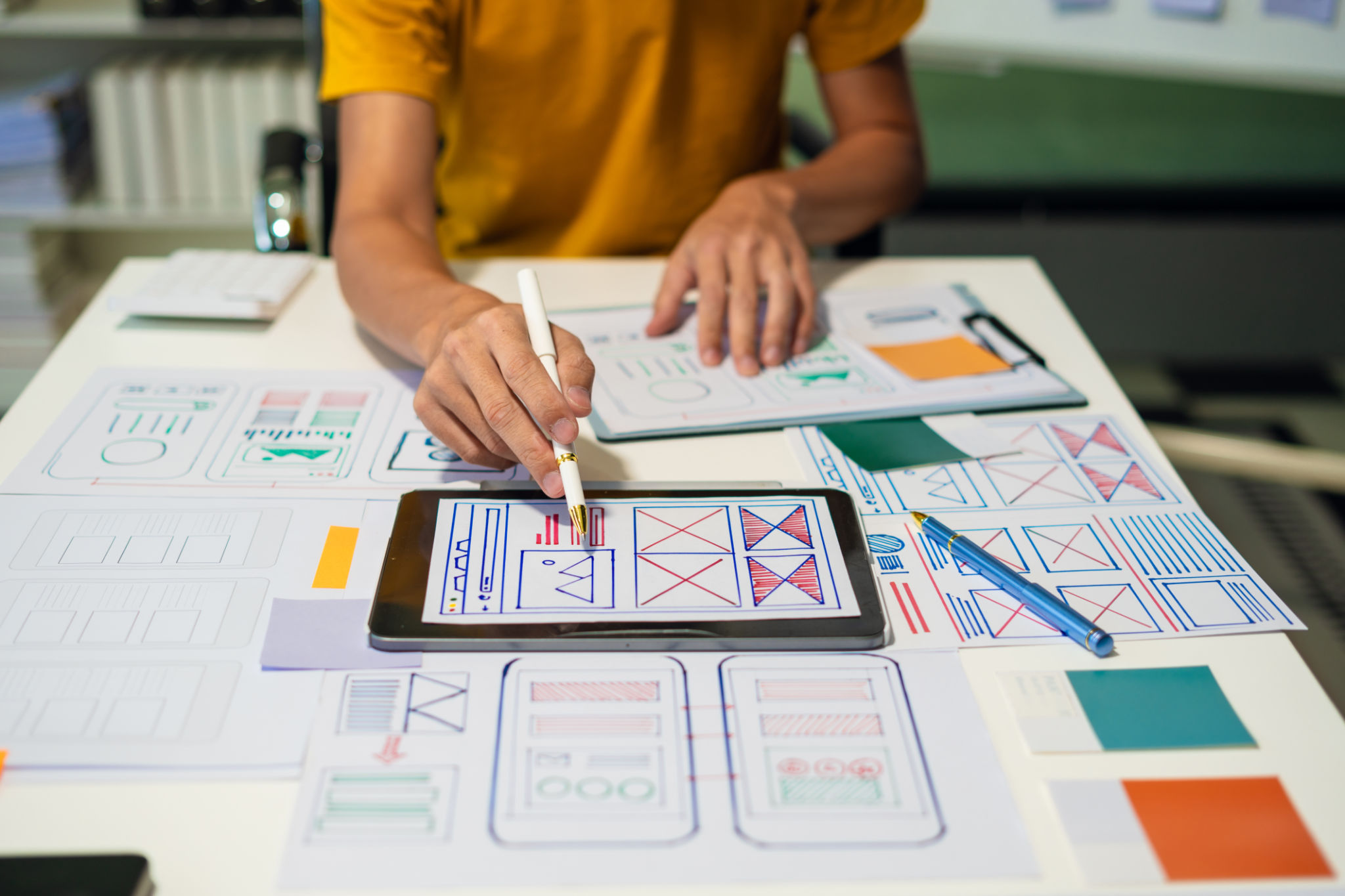Comparing Traditional vs. AI-driven Design Approaches
Introduction to Design Approaches
In the creative world, design is a critical element that can make or break a project. As technology continues to advance, the design landscape is evolving, giving rise to new methodologies. Among these are traditional design approaches and AI-driven design approaches. Understanding the differences between these two can help businesses make informed decisions about which path to take.
Traditional design relies heavily on human creativity and expertise. Designers use their skills and experience to create visually appealing and functional designs. On the other hand, AI-driven design employs artificial intelligence to automate parts of the design process, optimizing it for efficiency and innovation.

Traditional Design Approaches
Traditional design approaches are rooted in human intuition and craftsmanship. Designers using this method often rely on hand-drawn sketches, mood boards, and personal insights to bring ideas to life. The process is usually iterative, involving multiple rounds of feedback and revisions.
One of the key strengths of traditional design is its ability to capture the nuances of human emotion and expression. Designers can tailor their work to reflect cultural contexts and personal stories, which can be particularly important for branding and storytelling. However, this approach can be time-consuming and resource-intensive.
Advantages of Traditional Design
- Human Touch: Designs often have a unique, personal flair that resonates with audiences.
- Customization: Greater flexibility allows for personalized solutions.
- Cultural Sensitivity: Designers can incorporate cultural elements seamlessly.

AI-driven Design Approaches
AI-driven design leverages machine learning algorithms to create and refine designs. This approach can significantly speed up the design process by automating repetitive tasks and generating multiple design variations quickly. AI tools often use vast datasets to identify trends and predict what might appeal to target audiences.
One of the most compelling advantages of AI-driven design is its potential for innovation. Algorithms can identify patterns and insights that might be overlooked by human designers, leading to fresh and unexpected outcomes. Additionally, AI can optimize designs for different platforms and devices, ensuring consistency across various media.
Advantages of AI-driven Design
- Efficiency: Rapid generation of design options saves time.
- Data-driven Insights: Utilizes data for informed decision-making.
- Consistency: Ensures uniformity across different platforms.

Challenges and Considerations
While both traditional and AI-driven design approaches have their merits, they also come with challenges. Traditional design can be costly and may require more time for development and iteration. On the other hand, AI-driven design might lack the emotional depth that human designers naturally incorporate into their work.
Businesses should consider their specific needs, budget constraints, and project timelines when deciding which approach to adopt. A hybrid model that combines the strengths of both traditional and AI-driven methods could also be a viable solution, allowing for a balance between efficiency and creativity.
The Future of Design
The future of design lies in the synergy between human creativity and artificial intelligence. As AI technologies continue to evolve, they will complement rather than replace human designers. By leveraging AI tools, designers can focus on the strategic and creative aspects of their work while leaving routine tasks to machines.
Ultimately, the choice between traditional and AI-driven design approaches depends on the goals of the project and the resources available. By understanding the strengths and limitations of each method, businesses can position themselves for success in an ever-changing creative landscape.
